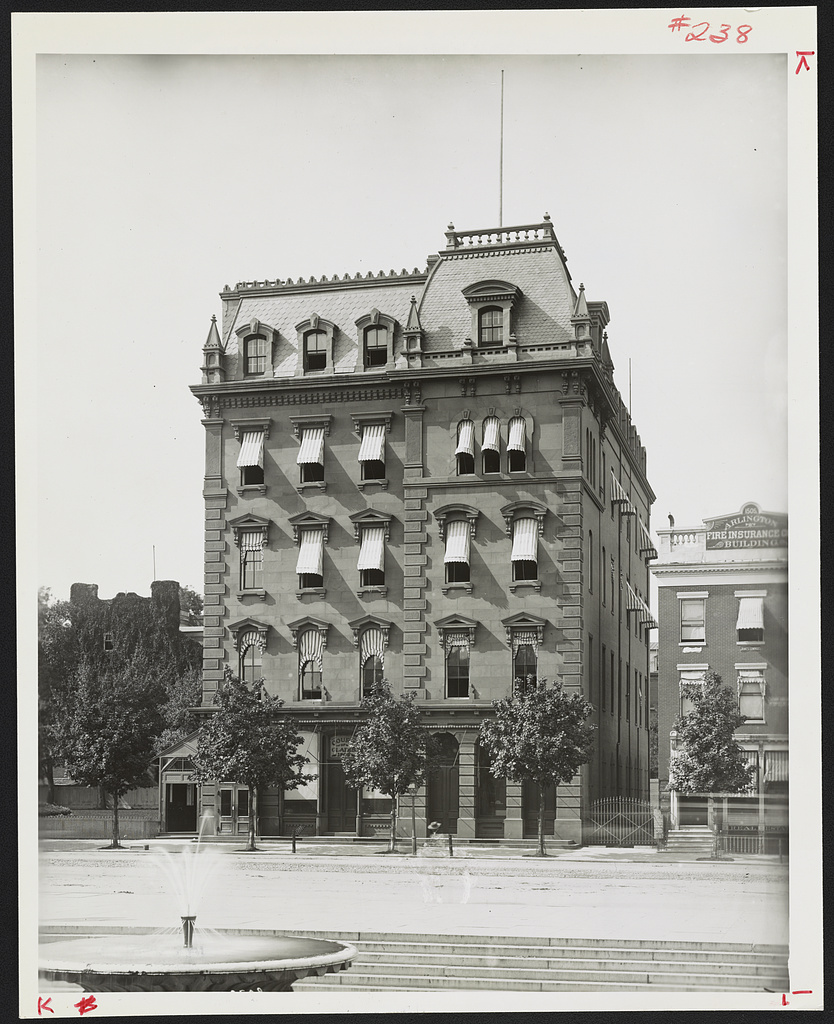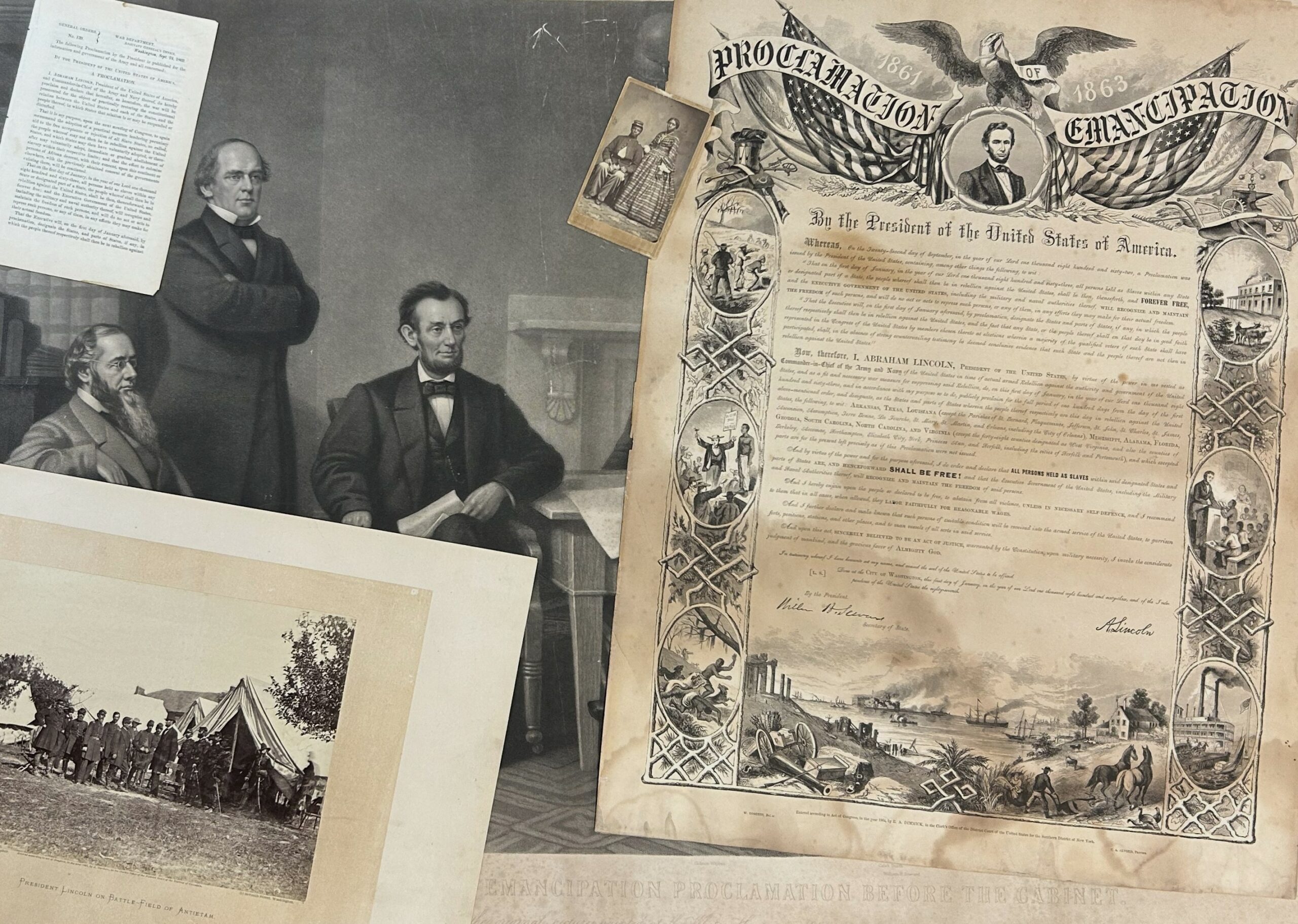On November 20 at 7pm, University of Virginia associate professor of history, Dr. Justene Hill Edwards, will share the full and tragic story of the Freedman’s Bank as she talks about her new book Savings & Loan: The Rise and Fall of the Freedman’s Bank. You can register for the program here.

Dr. Justene Hill Edwards
On March 3, 1865, President Abraham Lincoln signed the Freedman’s Bank Act establishing a savings & trust bank specifically designed to help recently emancipated African Americans to save their earnings. By early April, the Freedman’s Bank central office opened in New York City, soon to be followed by 33 branches across the South and mid-Atlantic regions.

Freedman’s Bank Ledger Book
However, despite good founding intentions, the bank would be scandal plagued and eventually close on July 2, 1874, taking the hard-earned savings of thousands of depositors’ savings with it.

Freedman’s Bank Exterior
“Despite my efforts to uphold the Freedman’s Savings and Trust Company it has fallen. It has been the Black man’s cow, but the white man’s milk.”, Frederick Douglass, 1874.

Frederick Douglass
This little-known story began shortly after President Lincoln’s Emancipation Proclamation took effect on January 1, 1863. It stated, “And by virtue of the power, and for the purpose aforesaid, I do order and declare that all persons held as slaves within said designated States, and parts of States, are, and henceforward shall be free”.

Emancipation Proclamation
Later in the proclamation Lincoln wrote, “And I further declare and make known, that such persons of suitable condition, will be received into the armed service of the United States to garrison forts, positions, stations, and other places, and to man vessels of all sorts in said service.” And so began formal recruiting of African Americans into the United States Colored Troops (USCT).
And by 1864, it was clear to US Army officers that the newly organized USCT soldiers were in need of military savings banks to hold their pay in a safe and secure manner, and the story of the Freedman’s Bank began. We look forward to speaking with Dr. Edwards about this little known but very impactful story from American history.
Discover more about the rich history of the Civil War and explore our museum’s exhibits by visiting our home page here.

Savings and Trust Book Cover
Photo Credits:
Schreiber, George Francis, photographer. Frederick Douglass, head-and-shoulders portrait, facing right., 1870. [Philadelphia, 26 April] Photograph. https://www.loc.gov/item/2004671911/.
Freedman’s Savings & Trust Passbook, NARA, Records of the Office of the Comptroller of the Currency, RG 101. https://www.archives.gov/publications/prologue/1997/summer/freedmans-savings-and-trust.html
Freedman’s Savings Bank, Pennsylvania Ave. and Madison Pl., N.W. Washington D.C, ca. 1890. [, Printed Later] Photograph. https://www.loc.gov/item/2011648663/.
Dividend Payment Record: Charleston, National Archives Catalog https://catalog.archives.gov/id/74888630
Photo of cover of Saving & Trust, W.W. Norton & Company.
Photo of Dr. Justene Hill Edwards
Photo of Emancipation Proclamation artifacts from the National Civil War Museum collection
Federal Reserve Bank of Kansas City. Deposit book from Freedman’s Bank. ca. 1867. https://www.kansascityfed.org/moneymuseum/LetUsPutOurMoneyTogether/
Other Websites of Interest:
https://home.treasury.gov/about/history/freedmans-bank-building
https://www.archives.gov/publications/prologue/1997/summer/freedmans-savings-and-trust.html
https://www.searchablemuseum.com/freedmans-savings-bank
https://www.archives.gov/exhibits/featured-documents/emancipation-proclamation/transcript.html
